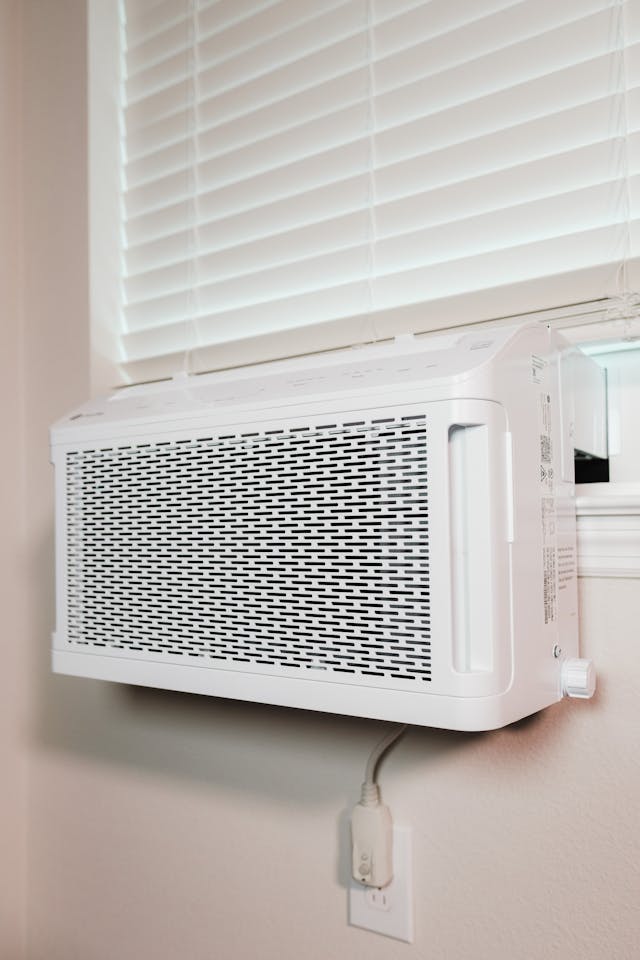Something a little ironic happened last night. I was watching one of my favorite TV shows on Hulu.com when up popped an ad for Children’s Motrin. The commercial of course promoted the idea that you should always have some of this medication on hand to be “prepared” to deal with basically any headache or fever caused by illness.
It’s ironic because at the same time I was nursing a sick toddler who was running a fever and thinking about how I could keep him comfortable without giving him fever reducing medications. Why would I not be trying to bring down his fever you ask? Well, as we will explore in this article, despite a fever’s beneficial role in fighting illness, our culture has a serious problem with over-reacting to fevers, especially in children, and a serious problem in over-medicating in an effort to “bring down” a fever.
Understanding How Fevers Work
Before we can understand why a fever does not need to be treated aggressively we first need to understand how and why our body produces a fever when we are sick.
A fever is the result of our inflammatory response system (one mechanism of our immune system) working to fight off whatever viral or bacterial infection we have. Signals are sent to the part of the brain that regulates body temperature (the anterior hypothalmus) and the brain responds by employing several methods of raising our body temperature, including decreased sweating, increased cellular metabolism, skeletal muscle shivering, and constriction of blood vessels in the skin (to minimize heat loss).
The reason our bodies use fevers for fighting certain illnesses is because it is quite effective. The body is creating an environment where the virus or bacteria cannot thrive.
The Benefits of a Fever:
- Decreases the growth and reproduction of bacteria and viruses
- Decreases the amount of iron available to bacteria (effectively shortening it’s lifespan)
- Enhances the migration of neutrophil (a type of white blood cell that fights infection)
- Increases superoxide production, which can kill invading viruses and bacteria
- Promotes T lymphocyte production (a type of white blood cell that plays a central role in cell-mediated immunity)
As you can see, fevers are a normal and beneficial mechanism of the immune system and can help the body fight illness. Yes they are uncomfortable, but they are not without benefit.
But, the information about the benefits of fevers is typically squelched by people who are worried that fevers can quickly become dangerous. Let’s spend a bit of time talking about some myths regarding the dangers of fevers in children…
Myths About Fevers
Misconceptions about fevers and their dangers are commonplace among the general population as well as the medical community. These misconceptions have been around for decades and is still one of the most common reason why children are brought to clinics and emergency departments.
In 1980 the term “fever phobia” was created in reference to unrealistic concerns about fevers and their effects on young children in particular. These fears and misconceptions about fevers span all ethnicities, education levels, and genders.
Three of the most prevalent misconceptions about fevers is that they regularly cause brain damage, seizures, and even death. Yet, these fears (and other similar fears) are often unfounded.
Let’s explore some of the biggest myths about fevers below:
Myth: Fevers are bad for children
Truth: A fever is a normal response of the body’s immune system and helps the body fight viral and bacterial illnesses. A typical fever is anywhere from 100º to 104º F (37.8° – 40° C) and is actually a good thing. A fever is a sign that your child’s immune system is working as it’s supposed to.
Myth: A fever above 104° F (40° C) can cause brain damage
Truth: Fevers caused by illness do not cause brain damage. Only temperatures above 108° F (42° C) can cause brain damage and this only happens with extreme environmental circumstances (for example, if a child is left in a hot vehicle.)
Myth: Febrile seizures are common and dangerous
Truth: Only 4% of children experience febrile seizures. Febrile seizures typically only last for about 5 minutes. There is no doubt that these seizures can be scary for parents but they are almost always harmless and they do not cause permanent damage. Children with febrile seizures are no more likely to experience developmental delays, learning disabilities, or seizures without fever.
Myth: Without treatment, a fever will continue to climb
Truth: The brain has an internal thermostat that rarely allows a fever to go above 103° or 104° F (39.5°- 40° C). In rare cases a fever may reach 105° or 106° F (40.6° or 41.1° C). While this is considered a “high” fever, it is still a harmless one.
Myth: Fever medications can “break” a fever
Truth: Fevers can sometimes be suppressed, but they cannot be “broken”. As long as your child’s body is still fighting the illness, the fever will continue to return whenever the fever medication wears off. This will continue until your child’s immune system has done it’s job. A fever will last for 2 or 3 days with most viral infections.
Myth: A high fever means the illness is serious
Truth: A fever has little bearing on whether or not the illness is serious or not. The number on the thermometer is not as important as how your child looks and feels. There are more important factors to worry about when it comes to illness such as preventing dehydration.
The Practical Treatment of Illness (With or Without Fever)
You may be asking yourself, why does all of this matter? After all, most parents just want to keep their child comfortable until the illness has passed. What’s wrong with treating a fever?
Besides the fact that a fever is one of the good guys and is actually helping your child fight the illness faster, it’s important to note that common fever reducing medications such a ibuprofen and acetaminophen are not without risks and are often over-used. Over-dosage of acetaminophen has led to an alarming number of cases of liver damage and liver failure as of late. And while fever-reducing medications are generally considered “safe” for use with children, they are associated with higher incidences of asthma symptoms in both children and adults, especially acetaminophen.
There are more important factors to consider when keeping our children comfortable and assessing how serious an illness may be. There are certainly situations where medical intervention may be necessary. Dehydration is of particular concern for young children who are sick.
Contact your doctor if fever is accompanied by any of the following:
- Symptoms of dehydration (lethargy, no tears while crying, more than 6 hours without urinating, etc.)
- Difficulty breathing
- Excessive vomiting
- A stiff neck
- A cough that persists for more than one week
- Unexplained confusion or listlessness
- Unexplained heaviness or weakness in arms or legs
How to Make Your Child Comfortable
The best way to treat a fever in young children is to keep them comfortable. Make sure they get plenty of rest, drink plenty of healthy liquids, and eat light foods. If your child gets the “chills”, cover them with a light blanket and dress them in light clothing. But be careful not to raise their core temperature by over-dressing them or covering them in heavy blankets.
If you still feel that your child is too uncomfortable, you can try some of these natural fever remedies. Just remember, the fever is one of the good guys!
For more information on managing fevers in children, read How to Raise a Healthy Child in Spite of Your Doctor, by Dr. Robert Mendelsohn.
Sources:




Thanks for this post! I hate it when people look at me like I’m nuts for not giving my kids anything but cuddles to reduce their fevers.
Well, that was eye-opening. I think it has become widely accepted to treat someone with fever with medication since it is what everyone does. There’s simply no one informing them of what is right.
Really liked your post! I find that not many people understand what is happening inside the body when there is a fever and your post really helps out. The thing with Children is feeling so helpless and wanting so see the fever over with, but understanding what is going on really helps out to keep calm. Also on thing that my mum always says is that the most important thing during a fever is hydration.